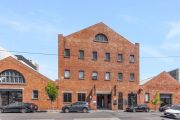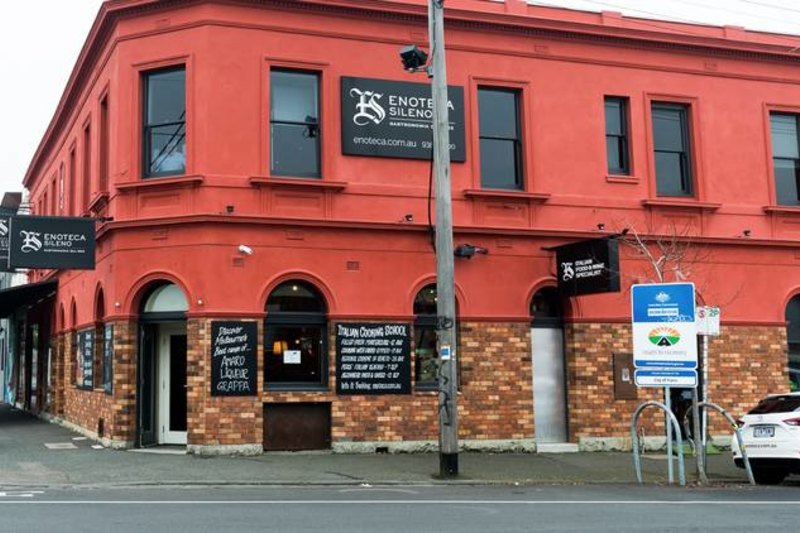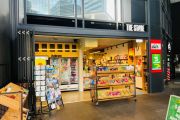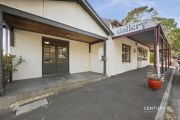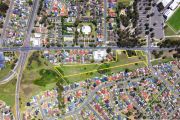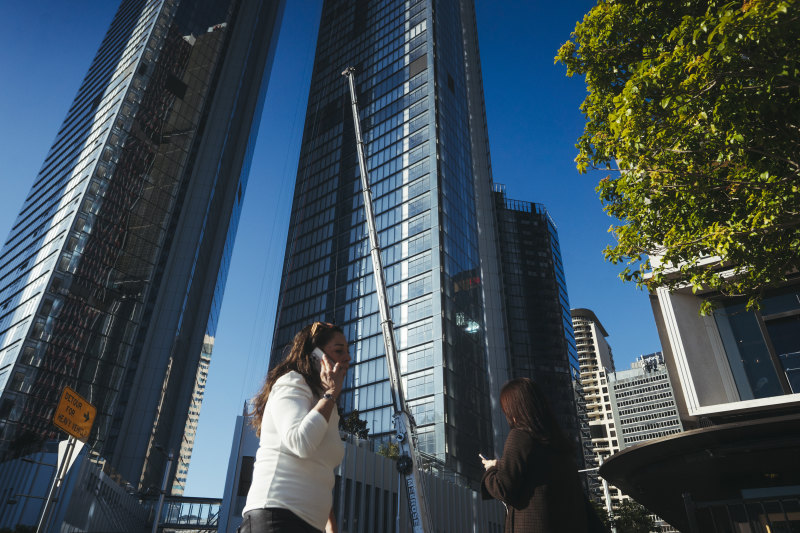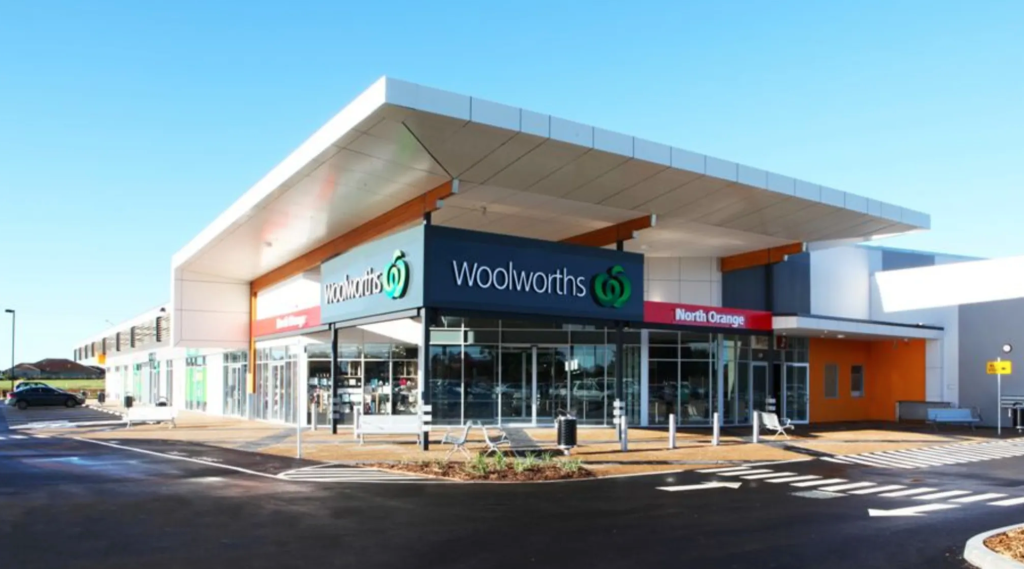
No more extensions to rent relief schemes: mall owners
Shopping mall owners believe there should be no further extensions to rent relief regimes around the country when they expire at the end of the year, with retail conditions already improving as foot traffic picks up.
Close to $2 billion in rental assistance has been allowed to small and medium-sized retail outlets across the nation’s malls since the federal government first set up the framework for the scheme in early April.
Individual states then put the commercial code of conduct into action, giving rent relief arrangements legal backing in each jurisdiction. Those regimes have since been extended in each state, with the majority due to expire around the end of the year.
In Victoria however, while the scheme expires on December 31, there is enabling legislation allowing the scheme to be extended to April 26 next year. A similar situation holds in South Australia while Western Australia’s scheme expires in March next year.
“We strongly believe there is no evidence to justify any further extension of the Code of Conduct beyond December in jurisdictions such as Victoria, NSW and Queensland,” said Angus Nardi, executive director of the Shopping Centre Council of Australia, which represents the major malls owners such as Westfield operator, Scentre and Vicinity Centres.
“It has served the purpose it was conceived for when we developed it with retailer groups in March.”
By the end of September more than 2000 retailers had received rental assistance from SCCA members, up from 10,045 at the end of July.
Around 80 per cent of rent relief requests have been agreed, according to the SCCA. The remainder lack required documentation, proof of reduction in turnover or the reasonable request threshold, it said.
But as retail conditions improve following the easing of lockdowns, most recently in Melbourne, the rate of rental assistance is trending down and the relief schemes will have outlived their relevance, according to the SCCA.
The total annual return from retail real estate fell to minus 10 per cent by the September quarter, according to the Property Council/MSCI Australia Annual Property Index. It was the worst performance in income and capital growth for shopping centre assets so far since the launch of the index 25 year ago.
But signs of recovery in the retail sector are emerging quickly. Consumer confidence jumped to a seven-year high earlier this month, coinciding with the Reserve Bank of Australia’s historic rate cut but before the easing of Melbourne’s restrictions was announced.
As well, retail sales volumes posted their biggest quarterly percentage gain since records were kept in 1983.
“The need for retail rental assistance has passed a critical turning point as retail trading conditions pick up and consumers return to stores,” Mr Nardi said.
“All the key indicators are up, with foot traffic and store openings sitting at 95 per cent and continuing to increase, average retail spend per visit is also increasing and Santa photos are being booked out as the Christmas trading peak approaches.”

